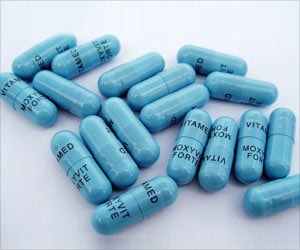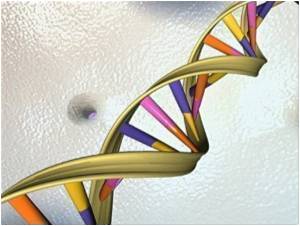- Niemann-Pick disease is a rare genetic disorder
- It is also called “Children’s Alzheimer’s”
- FDA approved histone deacetylase inhibitors provided treatment in experimental mice//
Symptoms
- Ataxia (loss of control of bodily movements)
- Seizure
- Dementia
- Vertical gaze palsy ( The eyes cannot be moved up and down)
- Enlarged spleen
- Jaundice
- Enlarged liver
When the disease begins to show symptoms later in life, the progression is slower, but no individual with this type of disease has lived for longer than 40 years of age.
The fatality associated with this disease, the trauma endured by parents of children affected with Niemann-Pick type C disease and the problems faced by the affected children encourage studies on a prospective cure for this disease.
Researchers Mohammed Suhail Alam and colleagues studied the markers for Niemann-Pick type C disease in the plasma in a quest to identify the disease early to slow the progression of the disease. The article titled “ Plasma Signature of Neurological Disease in the Monogenetic Disorder Niemann-Pick Type C” was published in The Journal of Chemical Biology in 2014.
The affected mice, in this study, were treated with hydroxypropyl-β-cyclodextrin (HPβCD) also called cyclodextrin.
- This was found to control the inflammatory process in the liver but not in the brain.
- Moreover, it did not affect transcripts of 24 hydroxylase which is specific to neurons, its product 24 hydroxycholesterol is not a marker for the disease.
Histone deacetylase inhibitors (HDACi) are approved for the treatment of certain types of cancers.
The researchers used a triple combination of –
- (HDACi) Vorinostat
- Hydroxypropyl β-cyclodextrin (which was found to be effective in controlling inflammation in the liver of Niemann-Pick disease in their earlier study)
- Polyethylene glycol (PEG)
The current study by researchers Mohammed Suhail Alam and colleagues examined the effect of Vorinostat alone on mice with Niemann-Pick type C disease as well as the effect of the triple combination. This helps in identifying the most effective treatment measure.
Animals Under Study
The study was conducted on mouse models with Niemann-Pick disease type C.
Administration of Vorinostat (Histone deacetylase inhibitors (HDACi))
The administration of vorinostat alone ( single agent administration) had an effect on Niemann-Pick Type C mouse cell lines, but it did not aid in increasing the period of survival of the mouse.
Administration of the Triple Combination
The administration of the triple combination in low doses ( once a week) intra-peritoneally lead to:
- Preservation of Purkinje cells as well as neuritis
- A delay in the neurodegenerative disorders
- The increase in the lifespan of the mouse by nearly 5 months
This study provides a ray of hope to such patients and could possibly delay the symptoms and prolong their life. Advancements in medical therapy like gene therapy have also been utilized to identify a cure for this disease.
References:
1. https://www.nlm.nih.gov/medlineplus/ency/article/001207.htm
2. http://www.nnpdf.org/npdisease_01.html
3. Helquist P, Maxfield FR, Wiech NL, Wiest O., “Treatment of Niemann--pick type C disease by histone deacetylase inhibitors.”, Neurotherapeutics. 2013 Oct
4. Md. Suhail Alam, Michelle Getz, Sue Yi, Jeffrey Kurkewich, Innocent Safeukui, and Kasturi Haldar, “Plasma Signature of Neurological Disease in the Monogenetic Disorder Niemann-Pick Type C”, J Biol Chem. 2014 Mar 21
5. Alam MS, Getz M, Haldar K. “ Chronic administration of an HDAC inhibitor treats both neurological and systemic Niemann-Pick type C disease in a mouse model.”, Sci Transl Med. 2016 Feb 17;8
Source-Medindia












